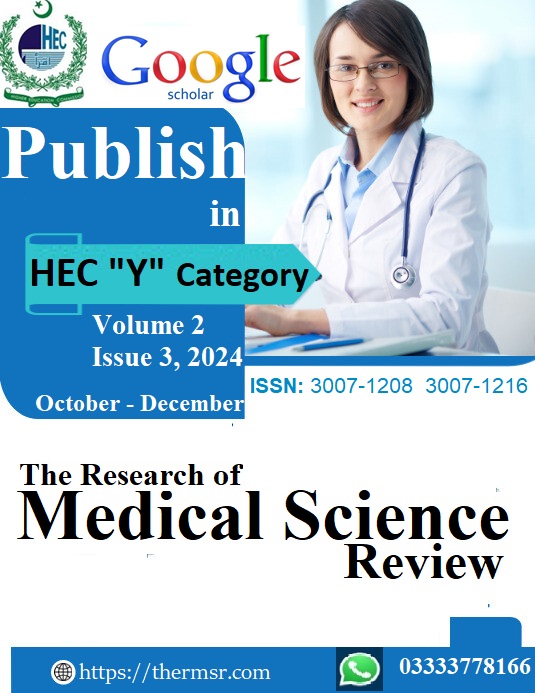ASSESSING SURGICAL SITE INFECTION PREVALENCE AND PREVENTIVE STRATEGIES AT KHALIFA GULNAWAZ HOSPITAL IN BANNU PAKISTAN
Keywords:
Fintech, Financial InstitutionsAbstract
Introduction: This study investigates trends in surgical cases, particularly focusing on demographic characteristics, postoperative complications, and wound management practices. Given the significant prevalence of surgical site infections (SSIs) and the complexity of wound care, understanding these trends is important for improving patient outcomes in surgical settings.
Methodology: A cross sectional study of simple random convenient sampling was conducted on 126 surgical records from a clinical setting, examining patient demographics, duration of hospitalization, types of surgical procedures performed, and postoperative complications. The study specifically focused on deep and superficial wounds and assessed the practices related to antibiotic administration and pre-surgical preparation.
Results: The analysis revealed that the patient population was predominantly young, with the 15-25 years and 25-35 years age groups each accounting for 26.88% of cases. Female patients represented 59.14% of the population. Most patients were hospitalized for 24-48 hours (37.63%), with C-sections being the most common procedure (26.88%). Deep wounds accounted for 57% of cases, with symptoms such as pain (30%), fever (33.3%), and inflammation (23.3%) reported. Antibiotic administration primarily utilized intravenous therapy, with 49 cases receiving a 1- gram dose twice daily for three days. Pre-surgical preparation showed 79% compliance with antiseptic protocols, but bathing (37%) and shaving (12%) compliance were notably low.
Discussion: The predominance of younger female patients aligns with trends seen in other studies, indicating a need for targeted interventions in this demographic. The high incidence of deep wounds emphasizes the importance of vigilant postoperative care and thorough patient education on recognizing signs of infection. The structured approach to antibiotic administration reflects current best practices, though the transition from intravenous to oral therapy warrants further exploration. Strengthening pre-surgical preparation practices is crucial for minimizing infection risks. Overall, this research underscores the need for ongoing refinement of surgical protocols and education for both patients and healthcare providers to enhance surgical outcomes.
Conclusion: This study highlights critical trends in surgical demographics and the incidence of postoperative complications, particularly the prevalence of deep wounds. The findings suggest a need for improved adherence to pre-surgical hygiene practices and enhanced monitoring of postoperative patients to reduce the risk of SSIs.
Downloads
Downloads
Published
Issue
Section
License

This work is licensed under a Creative Commons Attribution-NonCommercial-NoDerivatives 4.0 International License.














